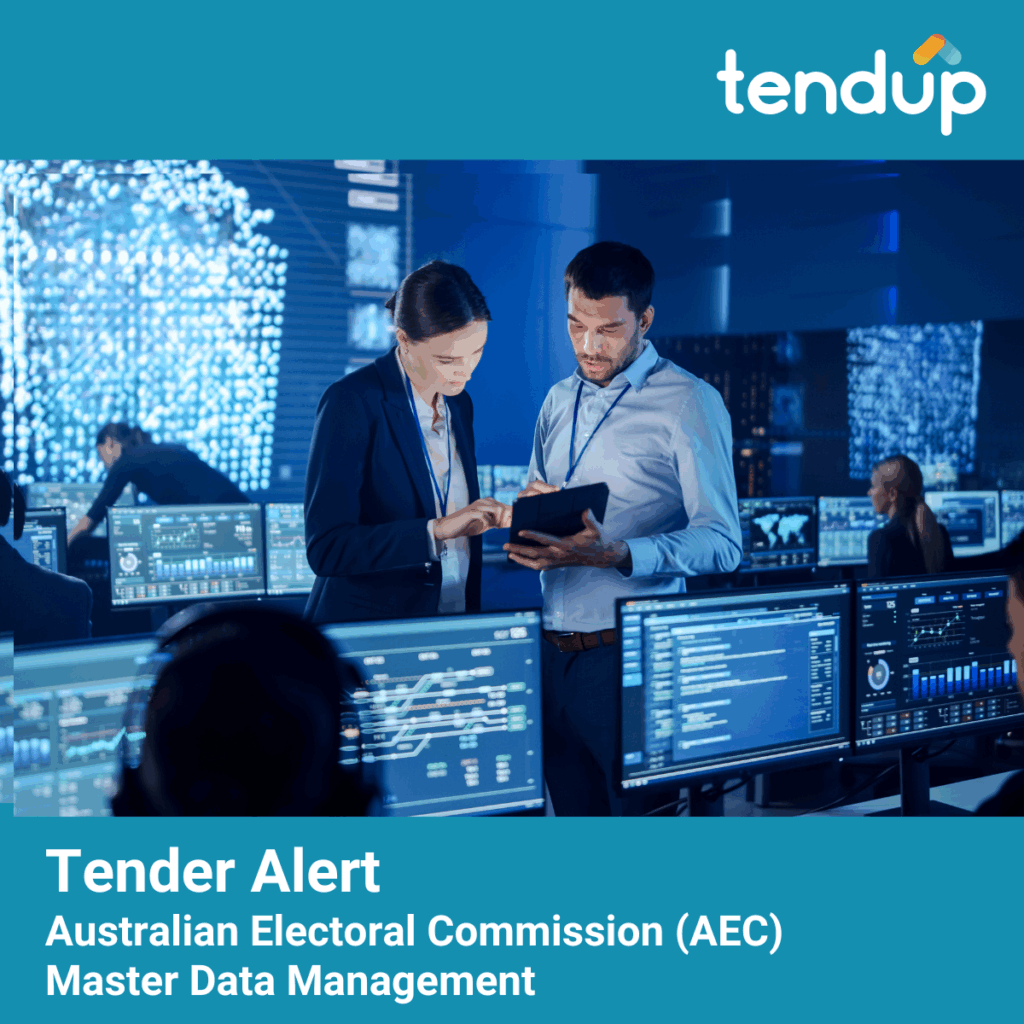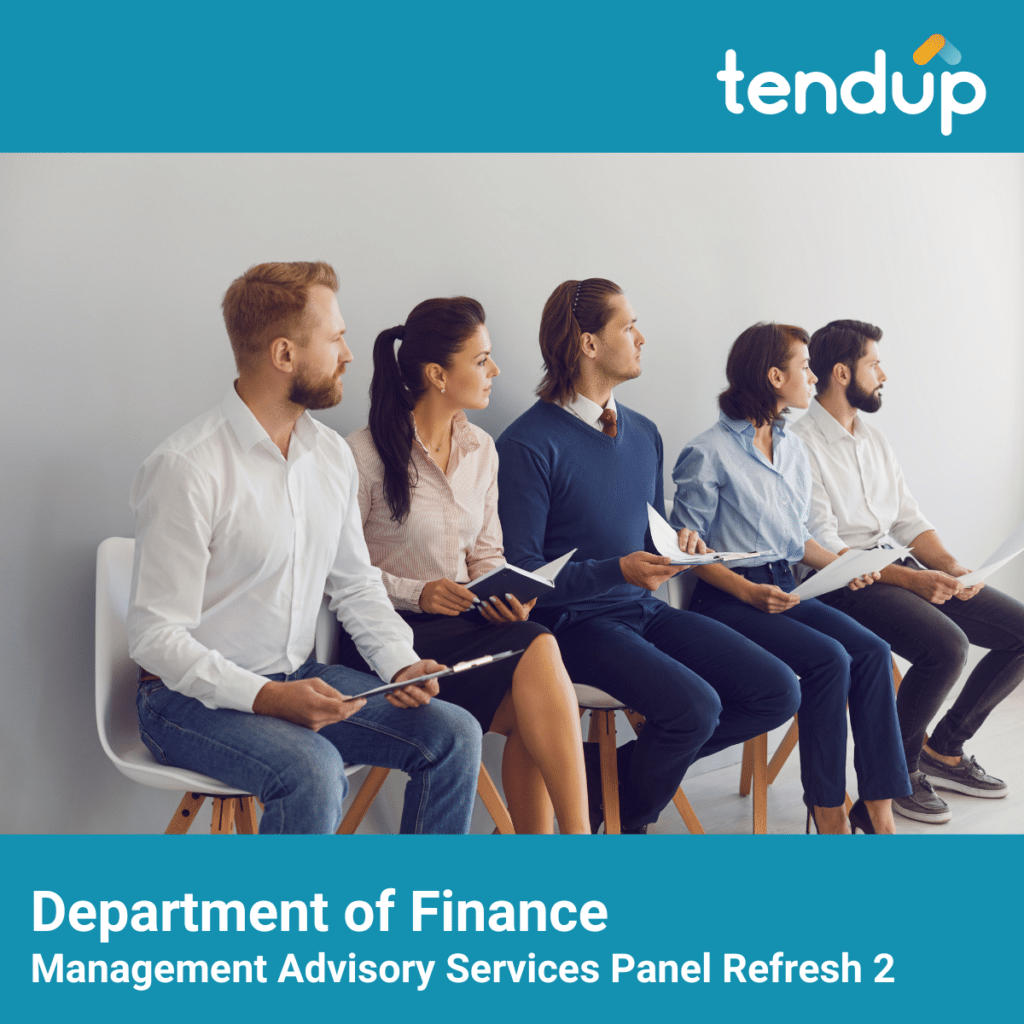Tendup Insights Hub
Learning never stops. Here you can find the information to help you learn more about tendering, with blogs, tips and answers to common questions, we’re sure you will find something for you!
Tendup Insights Hub
Learning never stops. Here you can find the information to help you learn more about tendering, with blogs, tips and answers to common questions, we’re sure you will find something for you!
Tenders
Want to stay on top of the latest tender opportunities, delivered directly to your inbox? Our partner Australian Tenders provides a subscription service delivering tailored opportunity alerts, giving you access to every tender opportunity, from every industry, everywhere across Australia & New Zealand.










